1. Procida, Italy
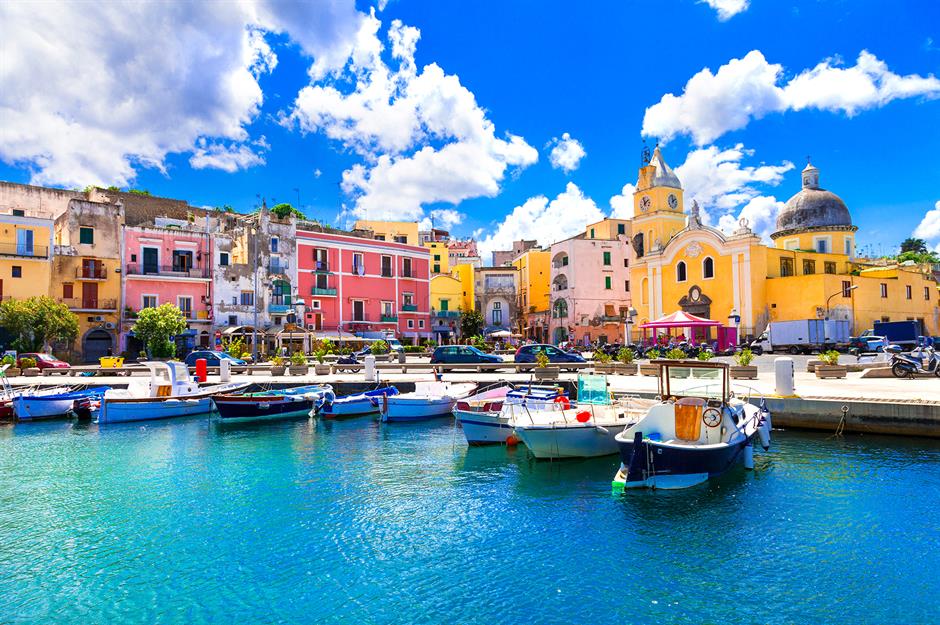
The town of Procida spans the whole island from which it gets its name. It’s the Bay of Naples’ smallest and sweetest isle, avoiding the clamour of tourists that typically flock to neighbouring islands such as Capri. Seaside houses are drenched in dazzling shades of pink, blue, yellow and more, their peeling paintwork adding to the effortless Italian charm.
2. Helen, Georgia, USA

Would you ever expect to find a recreation of a Bavarian Alpine village
in the Deep South? In Helen – the northeastern Georgia town – you won’t
believe that you’re really in the Peach State once you pass the
German-style shops and archaic horse-drawn carriages. And what’s a
Bavarian town without bratwurst and barrels of beer? The food and drink
are staples in restaurants and bars year-round but everything is
supersized during Helen's annual Oktoberfest celebrations – one of the
largest of its kind in the USA.
3. Albarracín, Spain

Dubbed the most beautiful village in Spain, tiny Albarracín is nestled
in the hills of central Spain, overlooking the Guadalaviar River. The
towering medieval walls dominate the hillside while ruins of an old
Moorish alcázar sit on a clifftop above the town. With a population of
just over 1,000, it's a quiet and otherworldly escape.
4. Stowe, Vermont, USA

Stowe in Vermont is the perfect small town for nature enthusiasts, art
lovers and ice cream fans who'll find the Ben & Jerry's Waterbury
Factory here. Not only is the charming town surrounded by thick forests,
rivers and valleys, but the state's highest peak Mount Mansfield is
also nearby. Normally, there are frequent arts and crafts events in the
town as well as the annual Hot Air Balloon Festival.
5. Picton, South Island, New Zealand
Tucked in-between towering mountains on the shore of the Grove Arm of
the Cook Strait, Picton is known as the gateway to the many islands and
inlets of the Marlborough Sounds. Built around a sheltered harbour, the
town has an attractive seafront dotted with cafés, restaurants and art
galleries.
6. Trinidad, Cuba
_02.jpg)
With a Neo-Baroque square at the heart, this laid-back Cuban town is a
colourful collection of grand 18th- and 19th-century buildings,
including the restored Palacio Brunet mansion and churches like the
Iglesia de la Santísima with its vaulted ceilings and carved altars.
Located in central Cuba, the town is made up of quaint cobbled streets
and endless charm.
7. Cudillero, Spain

This beauty in Asturias has timeless charm in spades. According to legend, Cudillero is said to have been founded by the Vikings and historically fishing has been its main industry. A delight to look at, it's at its best when viewed from the bay with the colourful houses towering over either side of the small port.
8. Ubud, Indonesia
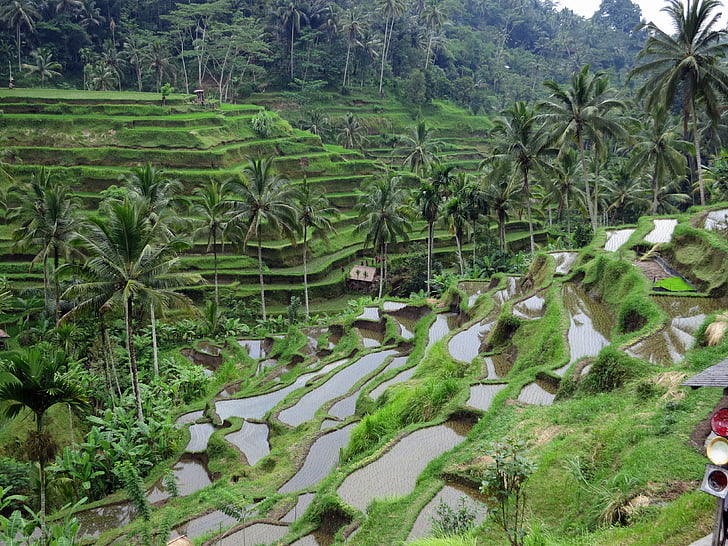
Located in the uplands of Bali, Ubud is one of the most popular tourist
destinations in Indonesia. The town is surrounded by rainforests and
terraced rice paddies, and dotted with temples and shrines. There's a
big expat community here which isn't surprising – Ubud has a lot to
offer, from a wealth of temples to an arts market famous for
hand-crafted goods.
9. Rye, England, UK
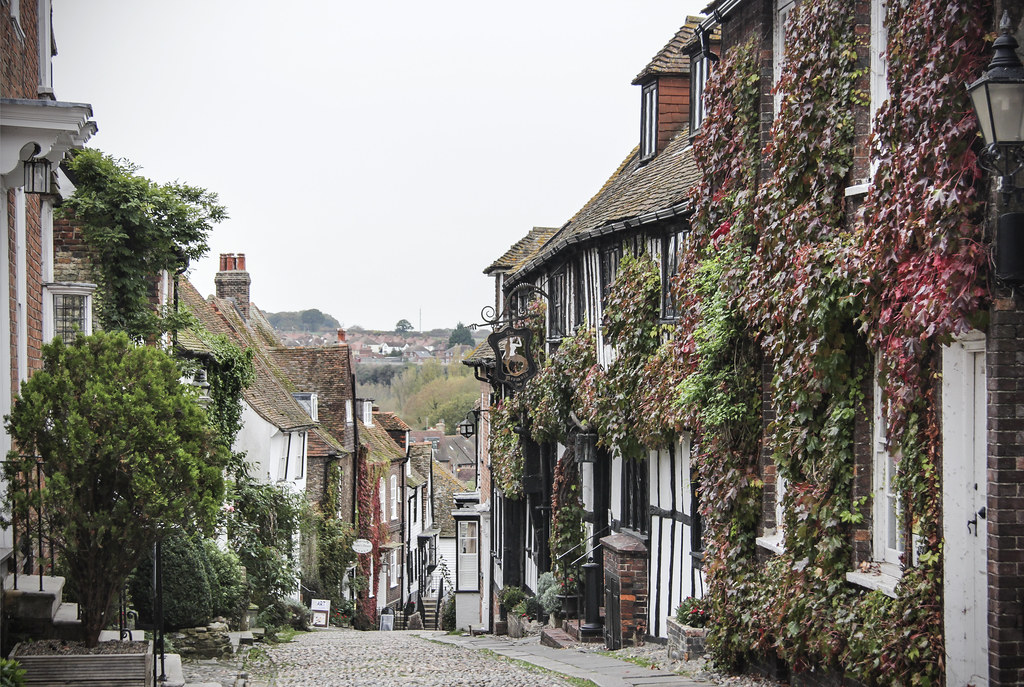
A collection of half-timbered houses, steep cobbled lanes and ancient inns, Rye is an instant charmer. Located between the rolling hills of East Sussex and the English Channel, Rye is one of the best-preserved medieval towns in England. Beach walks, traditional pubs and even a castle are among its highlights.
10. Hamnøy, Norway
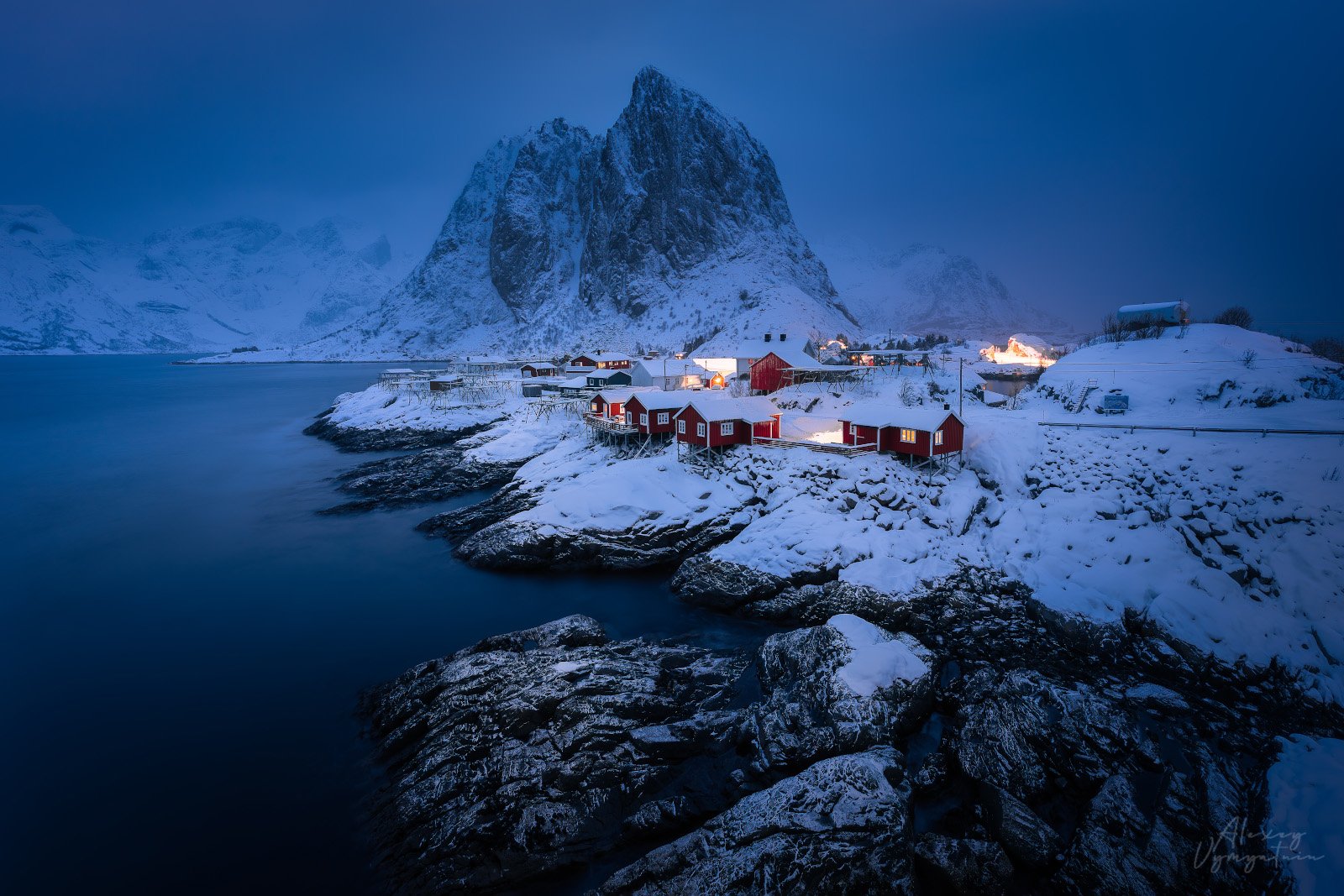
The quaint town of Hamnøy sits on Moskenes, an island at the southern
end of the Lofoten Archipelago in Norway, known for its dramatic
scenery. The oldest fishing village in the area, Hamnøy is also
considered one of the most beautiful due to the brightly painted
traditional homes. The short Arctic winter days here make for a moody
setting and at night the sky is illuminated by the Northern Lights
dancing above.
11. Manarola, Italy

Set amid rocky coastal cliffs, Manarola is one of the five fishing
villages that make up the breathtaking Cinque Terre in northwestern
Italy. It's easily the most recognisable, with buildings in the
cliffside town painted in shades of pastel blue, pink, yellow and
orange. Legend has it that the houses were painted brightly so that
returning fishermen could spot their homes more easily.
12. Stykkishólmur, Iceland

Set among the striking violet mountains of western Iceland, the winter
wonderland of Stykkishólmur is a rural wonder. Made up of a few very
well-preserved and colourful old homes in its centre, it’s also an
eco-town and has been labelled a European Destination of Excellence for
its environmental efforts.
13. Sidi Bou Said, Tunisia

Evoking the atmosphere of a Greek island, this less-travelled but
equally exquisite Tunisian town of Sidi Bou Said is a delightful spot.
Its buildings are milky-white and as cobalt blue as the sea and sky –
it's not hard to see why the town has long attracted artists.
14. Trogir, Croatia

Erected on an island between the Croatian coast and the Adriatic isle of Čiovo, Trogir's seductive Venetian influence makes it no stranger to the small screen, having appeared in episodes of HBO's Game of Thrones. Surrounded by 15th-century stone walls, the Romanesque-Gothic complex has been identified as an UNESCO World Heritage Site.
15. Iruya, Argentina

The scenic settlement of Iruya doesn't look real. Burrowed in the
midnight blue mountainside of the Altiplano region, the hard-to-reach
rural town still manages to attract travellers from all corners of the
globe, who are charmed by its colourful buildings and Argentinian
steaks.
16. Sapa, Vietnam
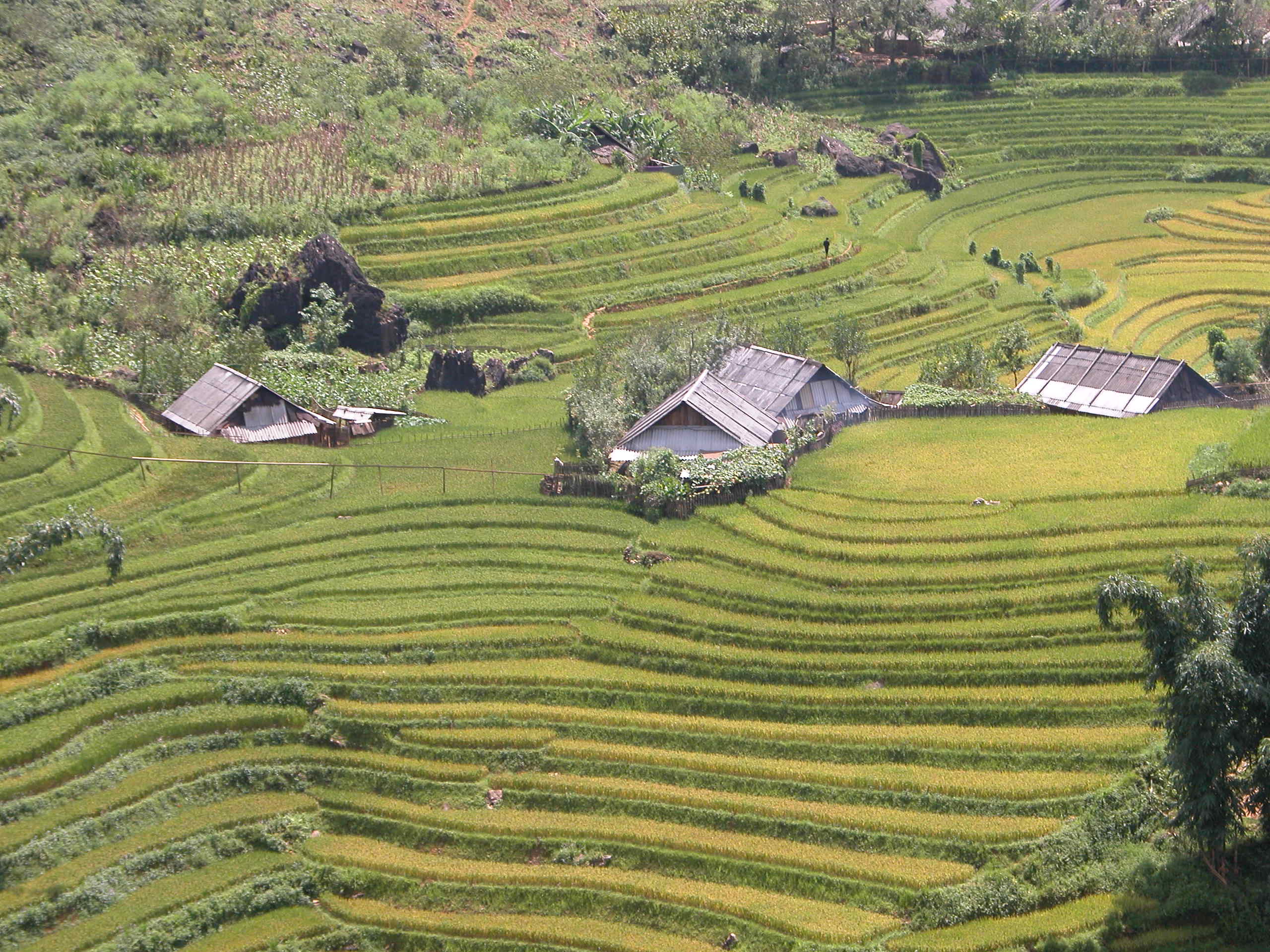
Perched high up in the mountains of northern Vietnam, Sapa and the
surrounding villages are beautifully placed within the stunning terraced
rice fields. Established as a hill station in 1922, today Sapa has
plenty of hiking and trekking trails, criss-crossing the mountains and
snaking in-between the rice terraces. Easily reached from Hanoi, the
serene town has become a major tourist hot spot in northern Vietnam.
17. Paraty, Brazil

Located on the Costa Verde, a coastal area in the state of Rio de
Janeiro known for its greenery, Paraty is one of the oldest towns in
Brazil. Founded in 1667 by the Portuguese, its colourful centre is now
an UNESCO World Heritage Site and is fully pedestrianised – a further
bid to preserve the town's already immaculate historic buildings. Much
of the town's architecture, including the cobbled streets, hasn't
changed much for 250 years or more, leaving an impression you've
travelled to a different era entirely.
18. Penglipuran, Indonesia

Up in the highlands of Bali’s Mount Batur, 2,230 feet (700m) above sea level, is Penglipuran – a traditional Balinese village. While the area has mod-cons including a supermarket, the surroundings may fool you into believing you’ve stepped into a time warp. Locals proudly look after their homes, many of which are adorned with intricate engravings and original rooftops, lining the winding pathways up to the grand temple.
19. Visby, Sweden

Nestled on the Swedish island of Gotland, the remote Viking settlement
of Visby is the only town here. Culture is important and the pretty
walled town is a centre for art, theatre and classical music. It also
has its own speciality cuisine where the use of saffron, the world’s
most expensive spice, is prominent.
20. Frigiliana, Spai
Just four miles (6km) away from the south coast of Spain, the hillside
town of Frigiliana overlooks the world-famous Costa del Sol. It's
surrounded by a lush natural park full of hiking trails and
opportunities to explore the great outdoors, but nature also runs wild
in the town itself. Vines of bougainvillea, lavender and jasmine grow
freely across the walls of houses.
21. Ráquira, Colombia
At the geographical centre of Ráquira is its towering church steeple,
but its beating heart is the artisan community. The town is Colombia's
pottery capital and the streets are packed with an array of craft
stores, injecting colour into every corner. This often-underrated
destination typically hosts a bustling market every Sunday for locals to
show off their wares.
22. Itchan Kala, Khiva, Uzbekistan
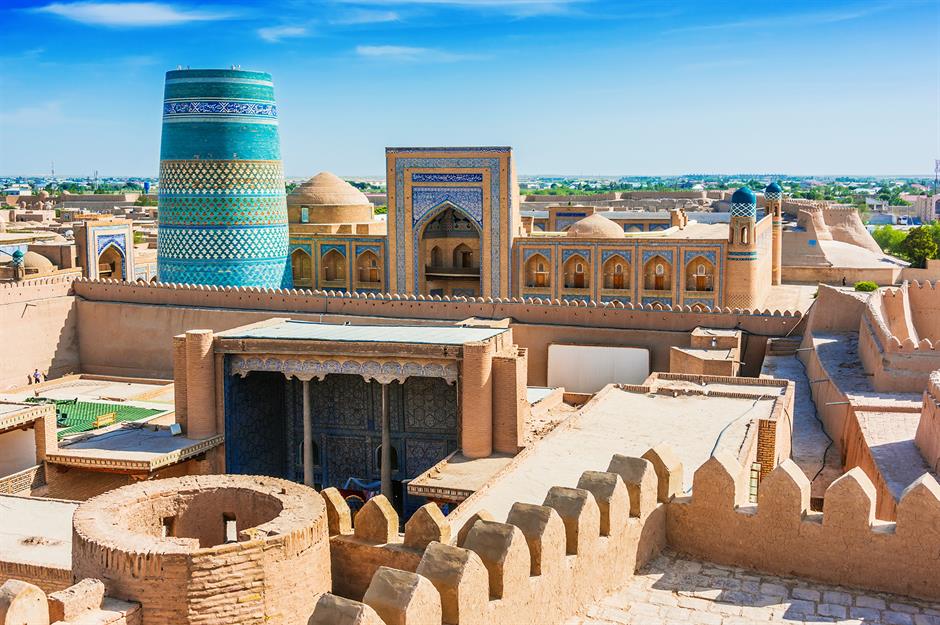
Before you've even passed through one of the four gates that guard
Khiva's inner town Itchan Kala, it's worth stopping to admire the
ancient walls: the turrets of clay-coloured stone with bold splashes of
aquamarine are a striking sight. Inside, it's something of an oasis,
with peaceful archways and more than 50 historic monuments, including
the Djuma Mosque.
23. Tobermory, Scotland, UK

You may recognise this bonny Scottish fishing hub as the town from the classic UK children’s TV show Balamory.
The pretty port is home to the less kid-friendly Tobermory Distillery
which mainly produces a matured single malt whisky. The tiny town is
also shrouded in mystery. According to legend, a gold-laden Spanish
galleon ship lies undiscovered beneath the mud of the bay.
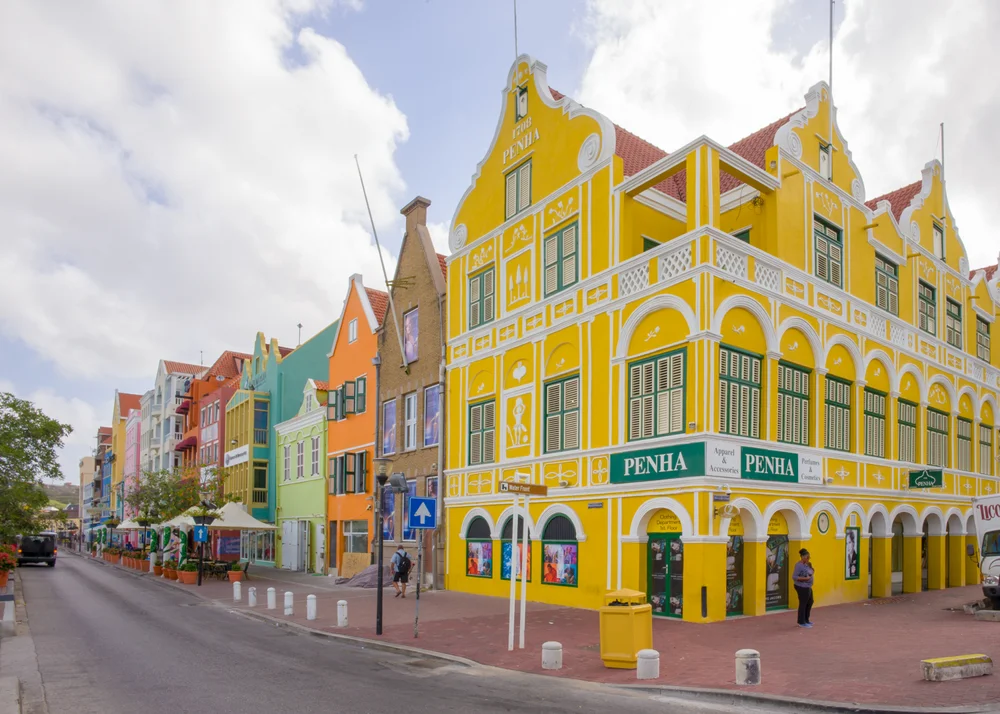
The history of Willemstad's multicoloured houses sounds like an urban
legend, but the buildings in this UNESCO-protected, crowd-free Caribbean
town were initially painted in an attempt to cure a headache. Back when
the Dutch ruled Curaçao, the governor was convinced his migraines were
caused by the tropical sun’s rays reflecting off the whitewashed
buildings.
25. Valldemossa, Mallorca, Spain

Nestled in a truly picturesque valley in the Tramuntana mountains,
Valldemossa is one of Mallorca's most idyllic spots. An area of
outstanding beauty, the town’s sun-bleached stones stand out against the
green farmlands and forests around it. Famously scorned by the composer
Frédéric Chopin but adored by every visitor ever since, the storybook
town is a tranquil place.
26. Chefchaouen, Morocco

Located beneath the towering peaks of the Rif Mountains, Chefchaouen is a
labyrinth of intricate alleyways. Soaked in a turquoise hue, the
electrifying colours have a historical significance: in the 15th
century, Jewish refugees settled in the area and painted buildings blue
to mirror the sky and remind them of God.
27. Positano, Italy

Dramatically perched on the cliffs of the Amalfi Coast, Positano is a
postcard-perfect town. Its stony streets are lined with flowering lemon,
orange and olive groves, as they wind down to the bright blue
Mediterranean Sea. In idyllic Italian fashion, these streets are also
littered with an avalanche of alluring restaurants, boutiques and chic
hotels.
28. Gokayama Historic Village, Japan
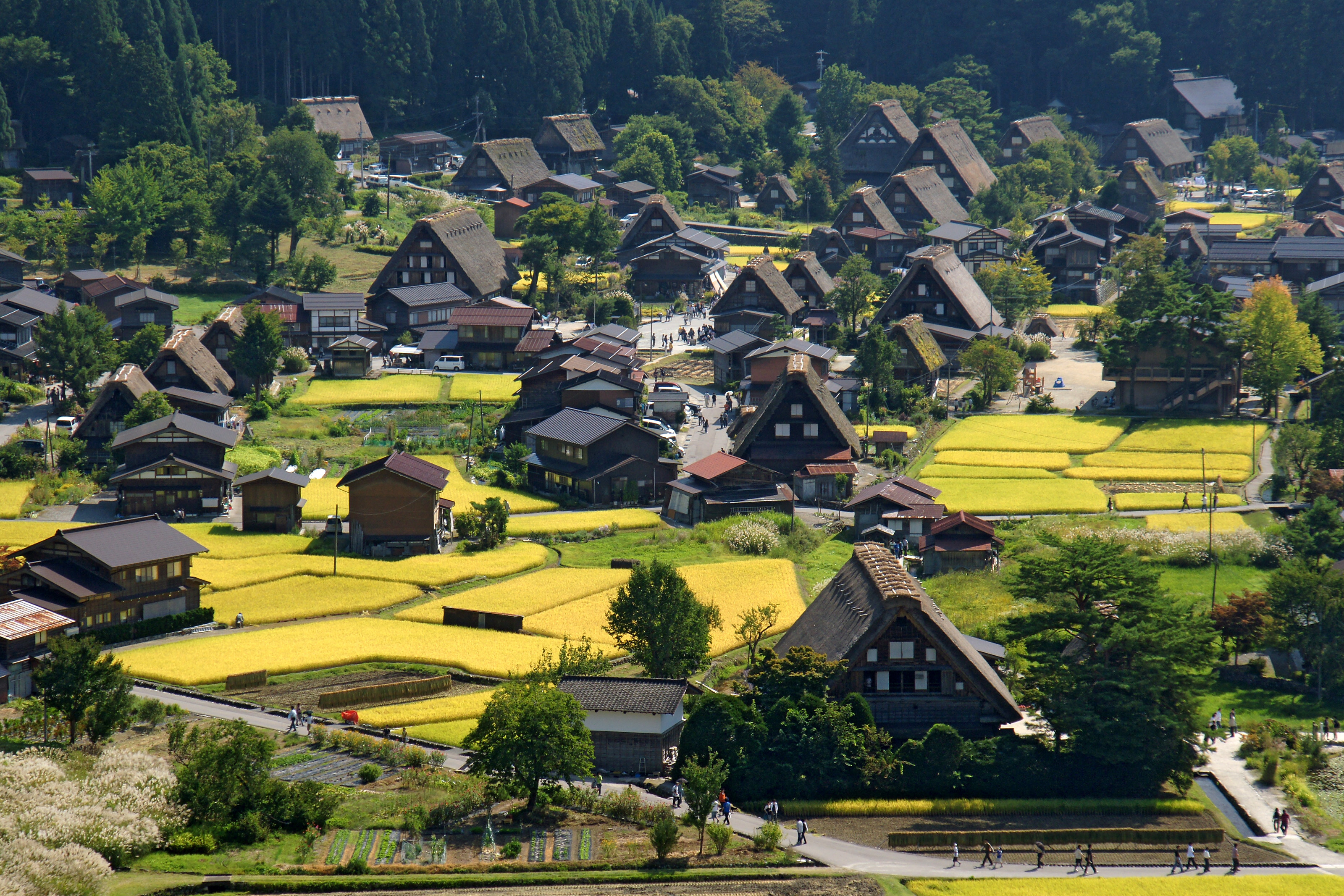
Best known for its sloping thatched roofs, the Historic Villages of Gokayama and Shirakawa-go are among Japan's most beautiful attractions thanks to the Gassho-zukuri-style architecture. Located in the remote Shogawa river valley in central Japan, the 68-hectare cultural area is also an UNESCO World Heritage Site. The traditional farmhouses are more than 250 years-old and their peculiar design helps to withstand the large amounts of heavy snow that fall here during winter.
29. Bibury, England, UK
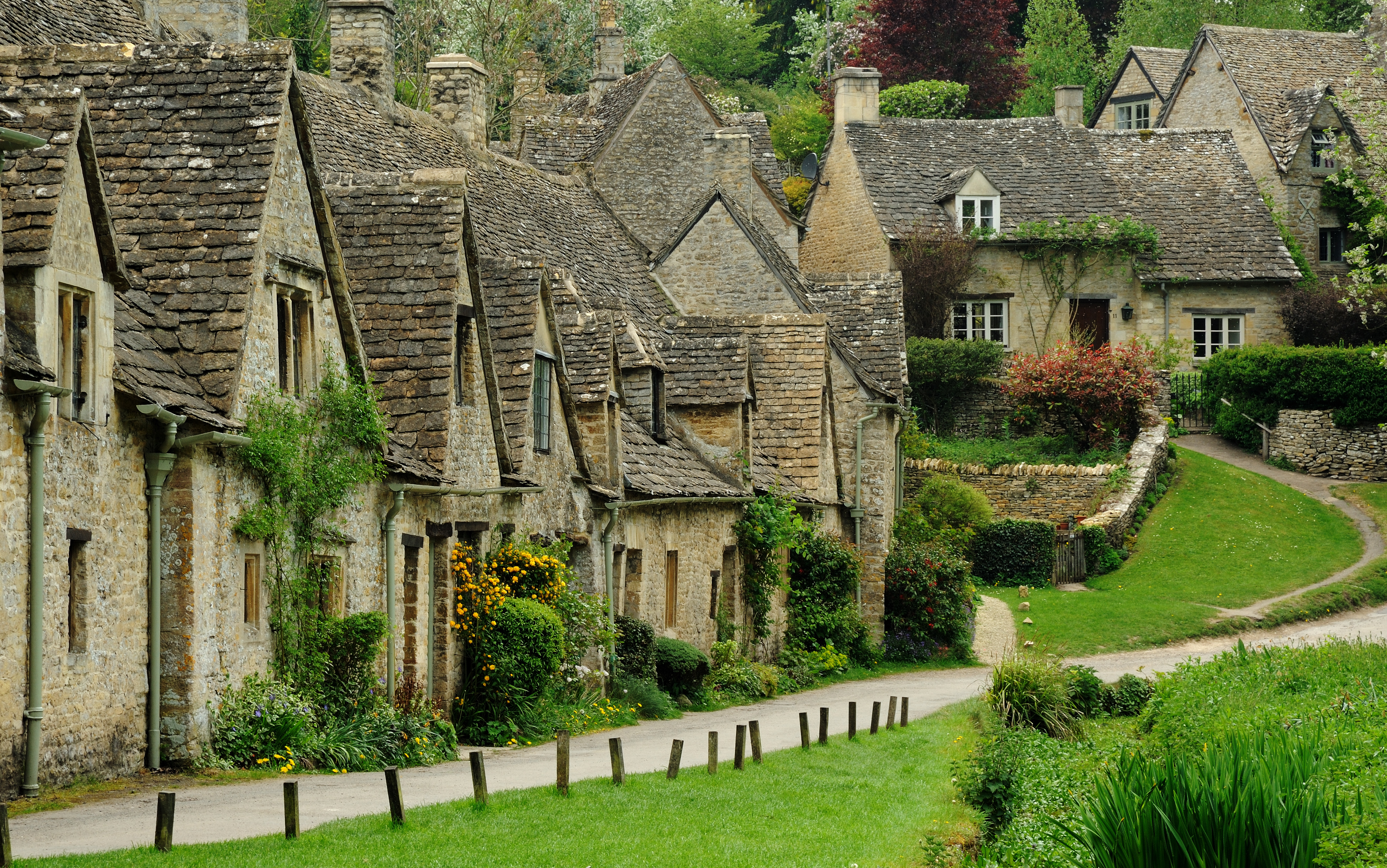
English writer and designer William Morris once declared Bibury the most
beautiful village in the country. A hundred or so years later the
sentiment certainly seems to stand. Located in the Cotswolds, an area
defined by rolling hills and green meadows, Bibury is picture-perfect.
Arlington Row (pictured), a line of weavers' cottages, is the prettiest
sight, if not the most famous, in Bibury.
30. Zhouzhuang, China

Near to the urban jungles of Shanghai and Suzhou is the elegant water
town known as the Venice of the East. Classic Chinese architecture
decorates the banks of Zhouzhuang's canals and, like Venice, travel by
motorised transport is forbidden, meaning the waters are graced by
gondolas that float under ivy-wrapped stone bridges. At dusk,
traditional lanterns illuminate the waterways making for a magical
scene.